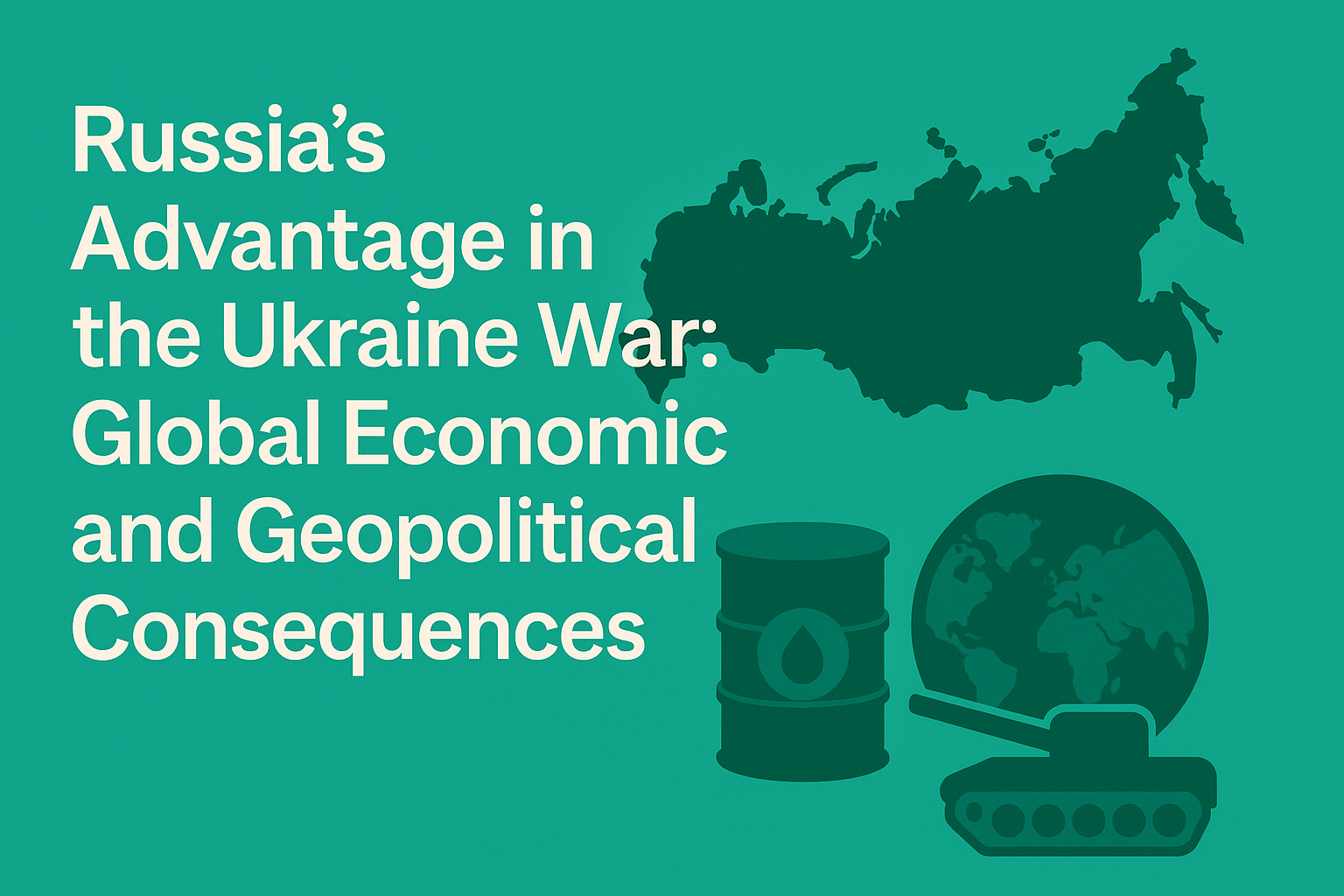— Analysis of the August 18, 2025 White House Meeting —
Overview of the Meeting
On August 18, 2025, the White House hosted an extraordinary summit bringing together Ukrainian President Volodymyr Zelensky, U.S. President Donald Trump, and key European Union leaders. Against the backdrop of Russia’s prolonged invasion, the meeting sought to bridge the divide between two approaches: an immediate ceasefire (favored by Europe) versus security guarantees and sustained military support (backed by Washington and Kyiv). While framed as a diplomatic gathering, the discussions carried far-reaching consequences for both security policy and the global economy.
Core Issues Discussed
Security Guarantees
- Consideration of a “NATO-style security guarantee” for Ukraine, without granting full NATO membership.
- The U.S. and Europe explored a joint framework to underpin Ukraine’s long-term defense capabilities.
Defense-Industrial Cooperation
- A proposal for the EU to purchase U.S.-made weapons and funnel them into Ukraine’s defense system.
- Conversely, the U.S. expressed interest in acquiring Ukrainian-made drones.
- Together, these steps point to the creation of a triangular defense supply chain linking the U.S., Europe, and Ukraine.
Terms of Peace Negotiations
- European leaders (Macron, Starmer, Merz) pressed for an immediate ceasefire.
- President Trump advocated for direct peace talks without a prior ceasefire, highlighting his preference for rapprochement with Russia.
- President Zelensky insisted on “no-peace-through-concessions”, stressing that Ukraine requires both a strong army and lasting guarantees.
Economic Significance
Military and Fiscal Impact
- United States: Expanded arms deals would bolster defense contractors and domestic employment, aligning with Trump’s “America First” industrial policy.
- Europe: Greater reliance on U.S. weapons secures political protection but widens fiscal deficits, already strained by energy subsidies.
- Ukraine: Continuous financial and military inflows could help transform its defense sector into an export-oriented industry.
Energy Markets
- The absence of a ceasefire implies sustained upward pressure on European natural gas prices.
- Prolonged conflict would intensify inflation risks across the EU, challenging central banks’ ability to stabilize monetary policy.
Currency and Financial Markets
- Persistent geopolitical risk supports safe-haven assets (gold, Swiss franc, Japanese yen).
- Simultaneously, investors may rotate into U.S. defense stocks and European energy equities in the short term.
Geopolitical-Economic Dynamics
Transatlantic Divergence
- Europe prioritizes “ceasefire first”, while Washington emphasizes “negotiations first”.
- Despite differences, both share the common interest of avoiding indefinite escalation.
Russia’s Leverage
- President Putin is likely to exploit the U.S.-EU divergence in diplomatic posture.
- Moscow can apply pressure by dragging out talks while demanding favorable conditions.
Emergence of a Security-Economic Bloc
- The triangular linkage — U.S. defense industry, European fiscal support, Ukrainian defense production — signals the birth of a new security-economic bloc.
- Much like the Cold War “military-industrial complex,” this framework could shape industrial and fiscal policies for decades.
Future Scenarios
- Short-Term
– Markets price in continued aid flows rather than a breakthrough peace deal. Expect defense equities to rally and European energy prices to remain elevated. - Medium-Term
– Trump will seek to leverage his role as mediator in peace talks for political capital ahead of the U.S. elections.
– European governments face rising pressure from voters demanding a ceasefire while managing the fiscal burden of military procurement. - Long-Term
– Should “peace with guarantees” be realized, Ukraine could evolve into the security hub of Eastern Europe.
– Yet such an arrangement risks entrenching a new Cold War–like standoff with Russia.
Conclusion
The August 18 White House summit, while courteous in tone, exposed a strategic divergence: Europe’s insistence on a ceasefire versus Washington’s push for direct negotiations. Beyond diplomacy, the meeting underscored profound economic consequences in three domains: defense industry expansion, energy price volatility, and financial market dynamics.
From an economist’s perspective, the summit represents less a step toward immediate peace, and more the emergence of a new security-economic order: a bloc where U.S. industry, European fiscal commitments, and Ukrainian defense capacity are interlocked. The Ukraine conflict has thus transformed into not only a geopolitical struggle but also a structural realignment of global economics and security.


